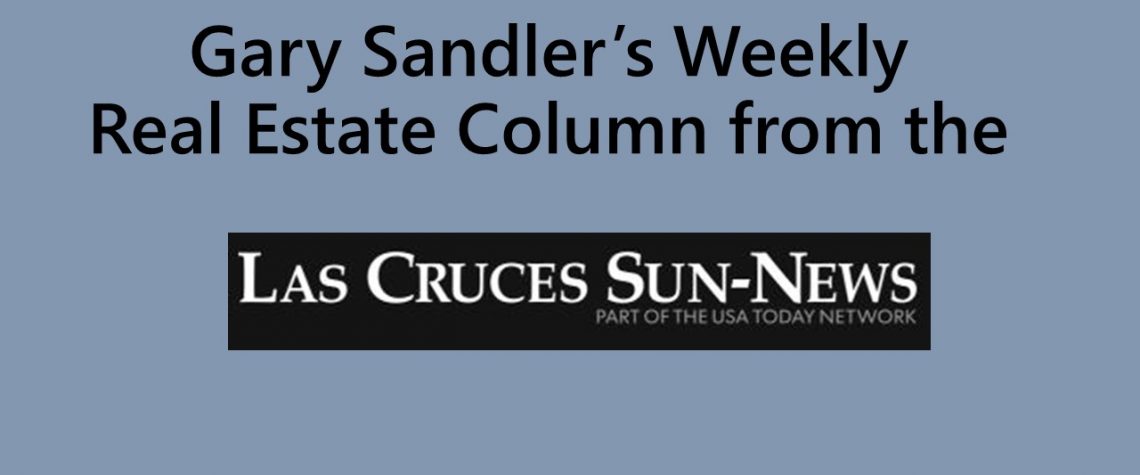-
Published 15 March 2020
On March 5, the Federal National Mortgage Corporation, a.k.a. Freddie Mac, announced that the rate for the 30-year, fixed-rate conventional mortgage fell to the lowest level ever recorded in the nearly 50-year history of their weekly survey. The rate for the 15-year mortgage also declined, falling to a point not seen since July 2016.
The 30-year rate fell to 3.29 percent, while the 15-year rate dropped to 2.79 percent. Since a week will pass between this writing and Freddie’s next report, it is entirely possible that rates could have fallen even farther by the time you read this. So, the question remains; is now the time to refinance?
The answer depends on your motivation. Will the purpose of the refi be to reduce your monthly payment? Perhaps your goal is to reduce the term of your mortgage so you can pay it off years earlier and save thousands in interest. A third motivator may be to rid yourself of mortgage insurance. Another popular option would be to simply generate cash so you can purchase that cabin cruiser you’ve been ogling online for the past five years.
I recently read on bankrate.com that more than 18 million homeowners can cut their mortgage payments with refinancing. I’ll buy that. What Bankrate doesn’t say is that there’s a significant tradeoff associated with reducing one’s monthly payment. That compromise comes in the form of extending the life of your mortgage obligation. Refinance a 30-year mortgage with 25-years remaining into a new 30-year note, and you end up with what is essentially a 35-year mortgage obligation. Therein lies the tradeoff.
Let’s say you took out a new $150,000, 30-year loan in March 2015 when the rate was 3.89 percent. Your principal and interest payment, which has not changed since the day you took out the loan, is $706.64 per month, and your loan balance is now a tad over $135,000. Refinance that amount for another 30-years at 3.29 percent and your monthly P&I payment drops by $116.14, to $590.50.
Let’s also say that the refinance cost you $3,000. By my elementary school math, it would take about 26-months for the savings to catch up with the cost – meaning that you won’t actually begin to realize the benefit of the refi until just over two years have passed. The math associated with your current loan will reveal how long it will take you to recoup your costs. The idea is to hang on to the property for at least as long as it takes to cover the cost of refinancing.
Refinancing to reduce the term of your mortgage produces a very different result. Swapping your 30-with-25 remaining for a new 15 not only knocks 10 years off the length of your mortgage, it will also result in significant interest savings. The question is what effect will the swap have on your monthly payment? Well, there’s an app for that. Bankrate.com has a number of easy-to-use mortgage calculators you can utilize to plug in “what-ifs” using your actual mortgage numbers.
Let’s take that same five-year-old loan with a $135,000 balance and a monthly P&I payment of $706.64 and refi it into a new 15 at 2.79 percent. The result is a new monthly P&I payment of $918.72, or $212.08 more than your old payment. Can’t afford the additional $212 per month in exchange for instantly knocking ten years off your mortgage? Consider refinancing into a new 20-year product. Since the 20-year rate is the same as the 30, the new payment would be $768.46 at 3.29 percent, or about $60 more per month to shorten your remaining mortgage term by five years.
Pulling out cash typically requires that you have at least 20% equity in your property, meaning that your loan balance doesn’t exceed 80% of the value of your property. If you do have equity, you could pull it out by refinancing your loan balance plus whatever number of dollars bridge the difference between your balance and 80% of the value of your property. Higher loan-to-value loans are also available, albeit at a higher cost. Refinancing with FHA or VA loans allow borrowers to refinance up to 96.5% and 100%, respectively, of a home’s value. Depending on the state of the secondary mortgage market, where mortgages are bought and sold, rates for government-backed loans are often lower than their conventional cousins.
Figuring out whether to refinance is only half the battle. The other half, and often more-daunting skirmish, is to find the lender who offers the money at the lowest rate and with the smallest refinancing costs.
Refi costs come in two different forms. One consists of the typical costs associated with obtaining any mortgage, i.e., appraisal, title and property insurance, and a handful of other products and services. The other component is the fee(s) lenders charge for their services. It is the latter that dictates the final cost of the refi. Lenders are entitled to set their own fees, so it’s up to you to do your due diligence and shop like every dollar counts.
See you at closing.
Gary Sandler is a full-time Realtor and president of Gary Sandler Inc., Realtors in Las Cruces. He loves to answer questions and can be reached at 575-642-2292 or Gary@GarySandler.com.
About author
-
-
About Author
Gary Sandler
-
© 2022 Gary Sandler - Website Developed by: Digital Solutions
